At SIMIO Physical Therapy we provide exceptional physical therapy services for patients throughout the state of Michigan. Our team of experienced physical therapists provides comprehensive treatment programs designed specifically for each patient. Whether it is for acute injuries such as sprains, strains, tendonitis or chronic conditions like arthritis, our goal is to help you achieve optimal function and wellness in your daily life.
We are committed to providing quality care, personalized attention and an exceptional patient experience. At our physical therapy clinic in Zeeland, MI, we believe that every person deserves access to high quality health care. This is why we strive to deliver patient-centered care and results-oriented treatments while maintaining a friendly and comfortable environment.
Why the SIMIO Approach to Physical Therapy is Different
Holistic Approach to Physical Therapy Treatment
At SIMIO Physical Therapy, our focus is on treating the whole body, not just one part. We use a combination of manual techniques, exercise, movement re-education, facilitation techniques, patient education, and lifestyle modifications to restore normal movement patterns, reduce pain, and improve quality of life and well-being.
Advanced Physical Therapy Methods
We specialize in advanced physical therapy methods such as Postural Restoration®, McKenzie Method of Mechanical Diagnosis and Therapy®, Positional Preference Testing, and Neuro-reflexive Muscular Facilitation Techniques™.
We successfully treat both common and uncommon physical conditions with a unique assessment and treatment approach that utilizes traditional physical therapy techniques in addition to our other specialties.
If you’ve tried a physical therapy program in the past and didn’t experience much relief, or haven’t been able to find a physical therapist who could uncover and treat the root causes of your pain and dysfunction, there’s a very good chance that we can help!
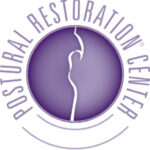
Postural Restoration®
Are dominant patterns of movement creating bad habits? Is your current therapy or training strengthening these bad habits, or solving them? Are you noticing that one side of you seems to be doing all of the work or causing all of the problems?
Your body is not symmetrical; it has left and right sides. Your neurological, respiratory and organ systems are not the same for both sides of your body: they have different responsibilities and functions, they occupy different positions, and they have different demands placed upon them. The human body is regulated by integrating the imbalances within these systems.
However, sometimes these imbalances aren’t properly regulated, and through habits or patterns of movement, one side of the body becomes the dominant side. This can lead to overuse of one side of the body, which in turn leads to muscular imbalances that can cause dysfunction and pain.
The Postural Restoration Institute® has studied these patterns for over 30 years. Certified Postural Restoration providers recognize these imbalances, their associated movement patterns, and the disuse or weakness that develops because of overuse of our dominant side. Postural Restoration Certified™ providers are uniquely trained in objective assessment and treatment that precisely measures your ability to move as a whole with strength, sense, and breath.

McKenzie Method™ of Mechanical Diagnosis & Therapy (MDT)
The McKenzie Method™ is an evidence-based specialty that was developed in the 1950s by Robin McKenzie, a New Zealand Physiotherapist. It’s an assessment tool used to classify and treat painful conditions of the spine and extremities. Without the need for costly imaging which can be unreliable in terms of correlating findings with what can be done to reduce your pain, McKenzie Certified Therapists classify your pain based on your mechanical (range of motion) and symptomatic (pain) response to loading strategies. The careful monitoring of these baselines ensures a safe and effective progression of exercises that can be easily taught to the patient who then gains control over their own condition.
If your condition can be classified using The McKenzie Method™ it has been shown to be a very reliable assessment and treatment process designed for all musculoskeletal injuries, including pain in the lower back, neck and extremities (i.e., hip, knee, ankle etc.) as well as issues associated with sciatica, sacroiliac joint pain, arthritis, degenerative disc disease, muscular spasms and intermittent numbness in hands or feet.
The treatment principles of The McKenzie Method™ promote the body’s potential to heal itself by restoring joint mobility, muscle flexibility, and core strength. It also provides patients with effective tools to help them manage their symptoms, which can reduce the need for medical intervention.

Health & Wellness Collaboration
All movement is sensed and controlled by the brain. This means that all motion, even in orthopedics, is regulated and controlled by neurological systems. The brain is the command center, and it relies on accurate communication from its sensors via the nerves. Many types of injury and chronic pain have causes rooted in how our brains perceive our bodies in motion. If neuromuscular systems receive inaccurate information from our senses, then our movement patterns may become compensations that lead to chronic pain, dysfunction, or injury.
In addition to utilizing standard physical therapy testing, it may be important for your therapist to assess things like your prescription glasses, footwear, and even dental history to determine how your body is sensing the ground and head position. This allows our specialized therapists more options to determine the root causes of your pain, injury, or dysfunctional movement patterns and remove the barriers your body may be creating that prevent progress.
Because of this, SIMIO Physical Therapy cultivates close relationships with healthcare providers across a variety of disciplines in order to deliver a team effort in optimizing your physical health. In practice, this type of interdisciplinary integration means that we can work closely with your primary care doctor, eye doctor, foot doctor, and dentist to align our treatment plans so that they’re more effective.
Our Physical Therapy Services
SIMIO’s Physical Therapy team offers comprehensive services to address the full spectrum of patient needs. We provide individualized assessments, treatments, and education programs to meet each person’s unique goals and needs.
Our goal is to empower individuals to take control of their own health through exercise, nutrition, and lifestyle changes. By combining traditional physical therapy techniques with innovative methods, we strive to improve function and quality of life while reducing risk factors for future injury.
At SIMIO, our physical therapy practice encompasses a combination of functional assessments and therapeutic interventions designed to help patients meet their goals or return to their pre-injury state. These assessments and interventions may include:
Comprehensive Physical Assessment & Testing
We perform a thorough evaluation of your current condition, including but not limited to:
- Functional Movement Screening
- Postural Assessment
- Strength Assessments
- Range of Motion Measurement
- Neuromuscular Examination
- Orthopedic Exam
- Manual Muscle Test
- Reflex Testing
- Sensory Evaluation
- Balance Evaluations
- Pelvic Alignment
- Functional Leg Length Discrepancy

We also utilize some more advanced assessments that allow us to diagnose and treat more complex and seemingly intractable conditions, such as:
- Positional preference tests
- Grounding performance tests
- Hemispheric-occupation tests
- Balance centering and con/divergence tests.
- Peripheral vision integration tests
- Craniofacial Strain assessments
- Respiration tests for apical, and mediastinal, and abdominal wall expansion
- Respiratory Neurodontics
- Dental occlusal interference and guidance tests
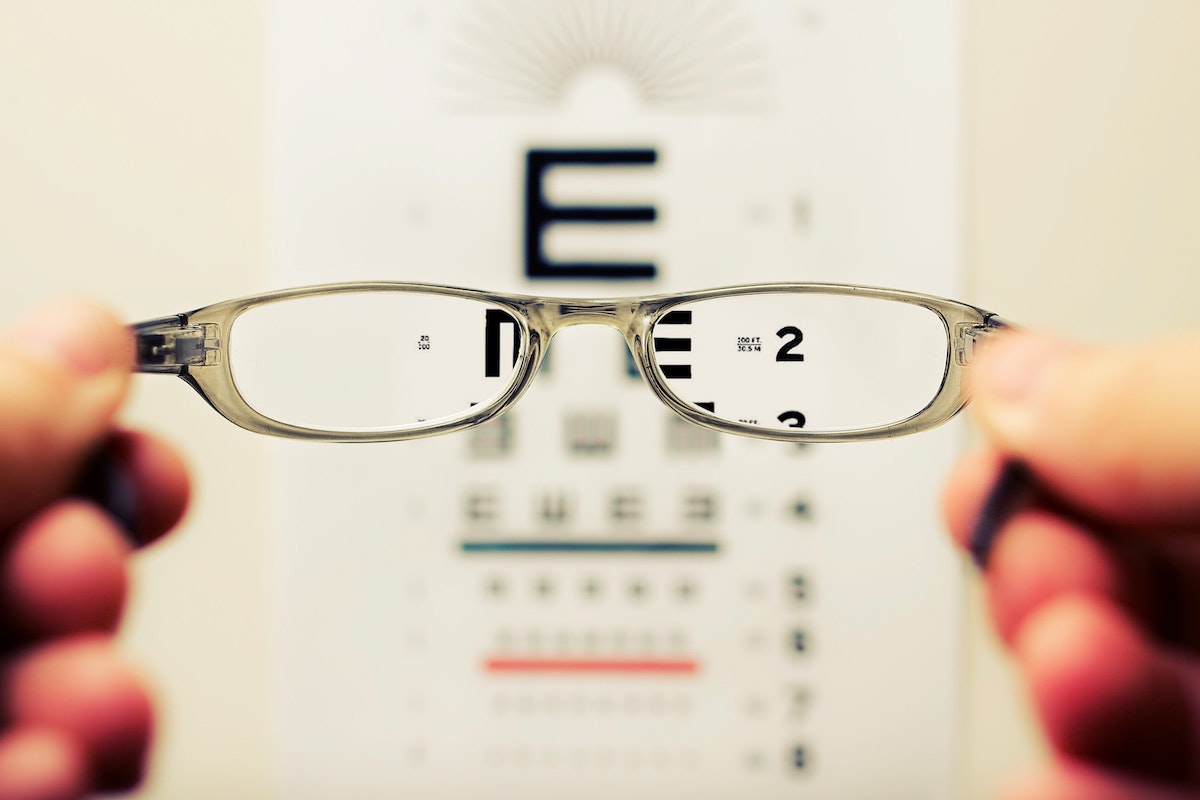
After completing your initial assessment, we will develop a customized treatment plan based on your specific needs. This includes recommendations for home exercises, stretches, strengthening, balance retraining, and other modalities, as needed.
Restorative Physical Therapy
Restorative Physical Therapy is a wellness product that allows patients to have control over their own care. It allows treatment of multiple body regions and the integration of multiple systems that are outside of traditional orthopedic care. Restorative therapy encompasses the collaboration of the whole body and the influence that each body system has on the problem.
Restorative services are designed to remove the barriers that the healthcare and health insurance systems have placed on your provider that limit the time, regions of the body, and level of skill that can be delivered in each session.
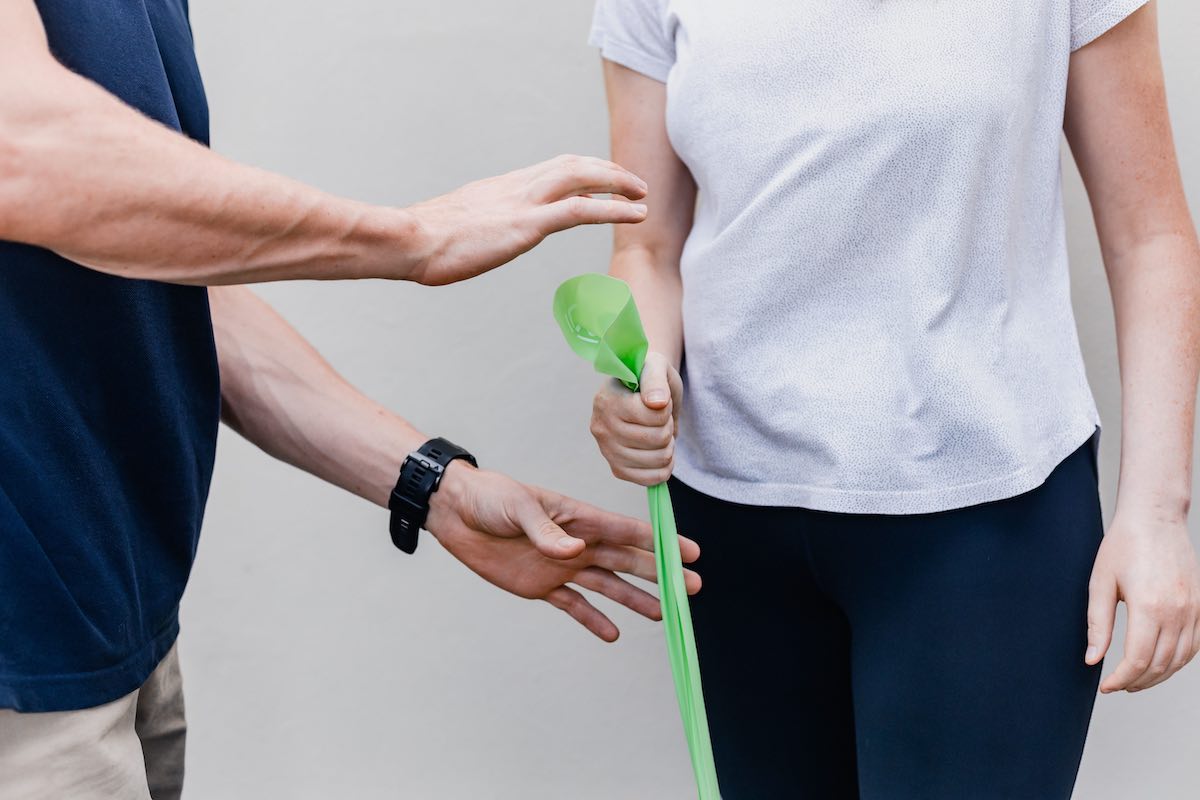
A provider that has been certified over many years of training will be equipped to look at the integration of the whole body to deliver a complete set of corrective activities. These activities will be inclusive of muscle activation, pressure regulation, body position and awareness, respiration, head and neck orientation, vision, and balance.
Restorative physical therapy can identify and eliminate your unique compensation patterns that overrule true corrective activity and limit your progress. This means that instead of strengthening the areas of the body that have been contributing to the problem for years, you will learn how to isolate the areas that create the solution. The results are demonstrated immediately and the treatment activity delivered is explained in enough detail to guarantee your success. Your program is tailored to your specific assessment and delivered with enough precision that you can progress with one exercise done once per day and be seen once or twice per month. Does your current provider have the training or the time to accomplish all of this?
Regional Physical Therapy
Regional physical therapy is the most commonly known type of physical therapy that specializes in treating musculoskeletal disorders affecting one area of the body (or region) at a time. For example, if you have a knee injury, regional physical therapy may focus on improving your quadriceps muscles, hamstrings, glutes, calves, and/or hip flexors – the muscles surrounding the knee. Ultrasound, electrical stimulation, or cryotherapy may also be utilized to help promote faster recovery.
The most common applications of regional physical therapy are for:
- Tennis elbow
- Impingement syndromes
- Rotator cuff tear
- Bursitis
- Spinal stenosis
- Back pain
- Neck pain
- SI joint pain
- Piriformis syndrome
- Plantar fasciitis
- Knee injuries
- Tendonitis
- Sprains & strains
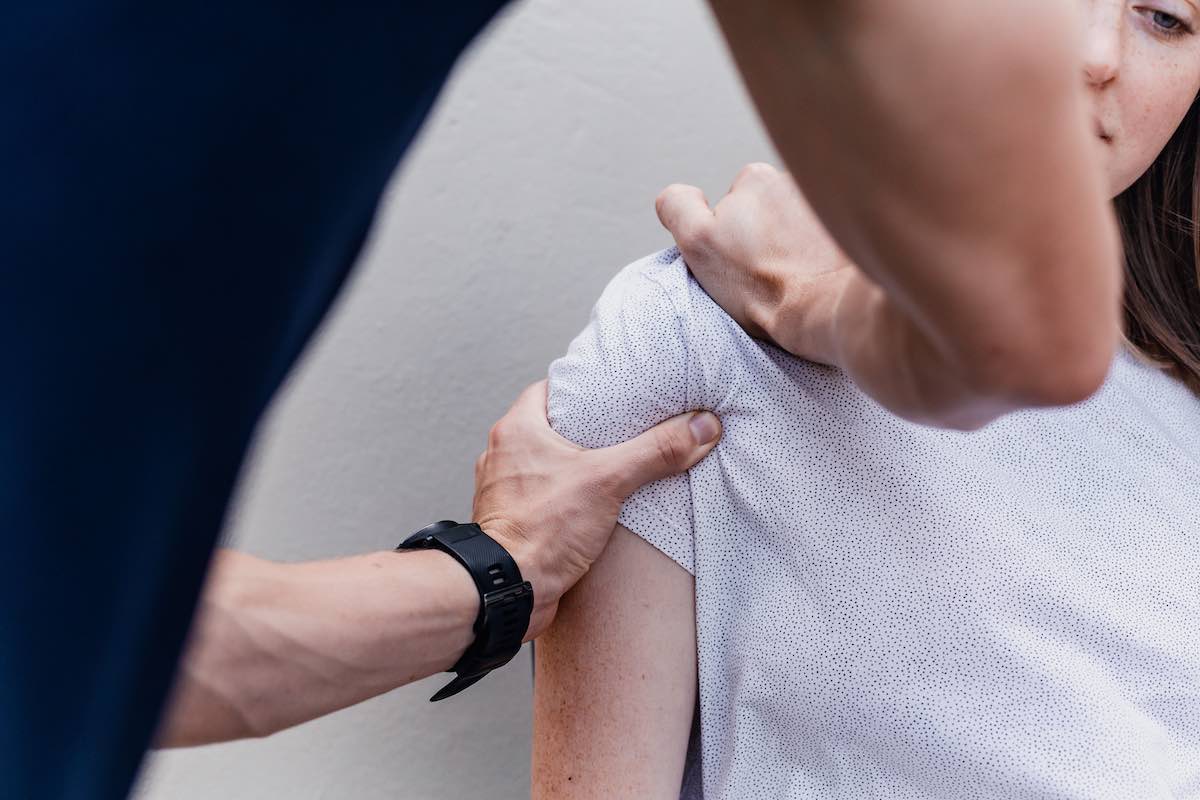
Manual Therapy
Manual therapy is a type of physical therapy that uses hands-on manipulation to provide relief from painful symptoms. It can be performed by a licensed physical therapist or a trained practitioner who has completed additional training.
In addition to providing pain relief, manual therapy can also help prevent further injury by improving muscle tone and decreasing inflammation. Manual therapy is also one of several effective methods of long-term pain management.
Common manual therapies include:
- Massage
- Joint Mobilization/Manipulation
- Soft Tissue Release
- Myofascial Trigger Point Therapy
- Practitioner assisted stretching
- PNF (Proprioceptive neuromuscular facilitation)
- Craniosacral therapy
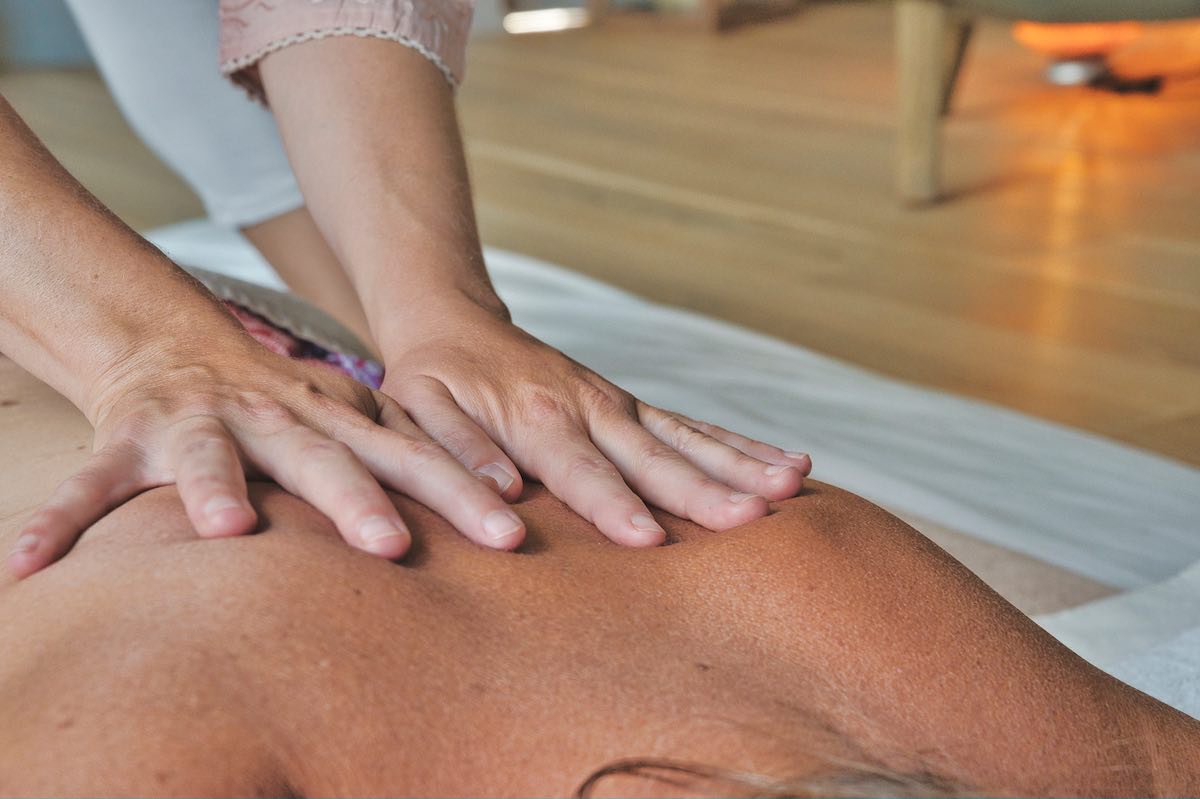
Sports Injury Prevention & Rehabilitation, Sports Performance
Sports injury prevention and rehabilitation is a specialty of physical therapy that focuses on preventing sports injuries before they occur, and recovering from them when they do happen.
Our sports therapy program offers a variety of services to help athletes recover quickly and safely from injuries, and prepare them for their next competition. We can work closely with coaches and athletic trainers to ensure that our patients receive the best care possible.

Work with us to expand your breathing capacity, body awareness, position, and power output. We test the body in sport-specific positions to identify and push your limits. Know what phase of gait your body favors or avoids. Reach new potential that you never knew you could.
Prehab & Post-Surgical Physical Therapy
Prehabilitation (“prehab” for short) is a term used to describe a process of preparing patients for surgery. This includes educating patients about their condition, providing exercises to help patients prepare for surgery and helping them understand how to manage their expectations during recovery. An effective prehabilitation program can help patients resume their normal daily activities more quickly after surgery.
Post-surgical physical therapy is a specialized service offered following surgical procedures in conjunction with the surgeon’s specific post-operative rehab protocol. Its goals are to reduce complications and post-op pain, and to help speed up recovery.

Conditions We Treat
At SIMIO, we see patients for a variety of physical ailments. Some of the conditions that we commonly treat include:
- ACL Injury
- Ankle Pain
- Anxiety & Depression
- Arm Pain
- Arthritis Pain
- Back Pain
- Bladder Health & Incontinence
- Chronic Pain
- Dislocation
- Disc bulge/herniation
- Foot Pain
- Facet Arthropathy
- Headaches
- Hip Pain
- Joint instability
- Knee pain (patellofemoral syndrome, runners knee)
- Knee injury
- Neck Pain
- Osteoporosis & Osteopenia
- Pelvic Floor Health
- Pelvic tilt (uneven hips/pelvis)
- Radiculopathy
- SI Joint Pain
- Sciatica
- Scoliosis
- Snoring & Sleep Apnea
- Spinal Stenosis
- Stress & Tension
- TMJ/TMD
We Offer Individualized Physical Therapy Treatment Plans
Every person’s needs are different, so every treatment plan will be unique. Our physical therapists take into account your medical history, current health status, lifestyle factors, and personal goals to create a customized treatment plan that meets your individual needs.
We’ll start by assessing your current level of function and pain, then we’ll develop a personalized set of exercises and treatments designed to improve strength, flexibility, balance, coordination, endurance, and range of motion.
All of our individualized treatment plans include patient education, because understanding how and why you ended up in a state of dysfunction and pain can be invaluable in helping to prevent relapse or re-injury in the future.
Physical Therapy FAQs
What is physical therapy?
Physical Therapy (PT) is one of the medical professions. It is provided by physical therapists, who promote, maintain, and restore health through physical examination, diagnosis, prognosis, patient education, physical intervention, and rehabilitation. Physical therapists are known as physiotherapists in many countries.
What exactly does a physical therapist do?
A physical therapist is a medical professional that helps people stay healthy by using an individual’s history and physical examination to arrive at a diagnosis and develop a treatment plan. When necessary, they may incorporate the results of laboratory tests, imaging studies, or other diagnostic procedures into the assessment process.
What should I expect from a physical therapy appointment?
Your first visit with your physical therapist is known as an initial evaluation. Your physical therapist will spend some time with you to learn more about your condition, your current level of functioning, and how your condition affects your daily activities. They will then take some specific measurements of any impairments that might be causing your problem and create a treatment plan for you based on these findings.
How long are your physical therapy appointments?
An initial evaluation usually takes between 45 and 60 minutes, depending on its complexity. Depending on your injury and the type of rehab that needs to be done, follow up appointments usually take anywhere from 45 to 75 minutes.
How long does it take for physical therapy exercises to work?
A common question for patients is how long their physical therapy will last. There is no clear answer to exactly how long a physical therapy treatment program will last. Depending on the individual’s overall health and the condition being treated, the length of the program may vary. Every condition is unique, and everyone recovers at their own rate. SIMIO physical therapists will track your progress and assess whether you’re making gains in range of movement, function, and strength during the course of your treatment.
Will physical therapy help me?
If your condition is one that physical therapists treat, then working with a PT can be beneficial. For example, studies have shown that physical therapy can be effective in reducing back pain, as well as the number and frequency of future doctor visits, imaging, surgery, injections, and opioid medication to manage pain, as well as in reducing overall healthcare costs for certain conditions.
Do you need a referral for physical therapy in Michigan?
We’re able to provide direct access under Michigan law for physical therapy services without a prescription from a physician. However, most insurance companies require a signed plan of care form a physician before they will pay for these services.
Do you need a prescription for physical therapy in Michigan?
Under Michigan law, we can provide physical therapy services without a doctor’s prescription. Most health insurers require a signed plan of treatment from a doctor before they will cover the costs associated with physical therapy treatments.